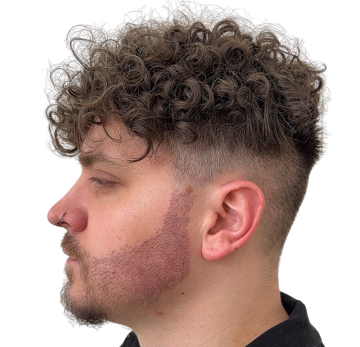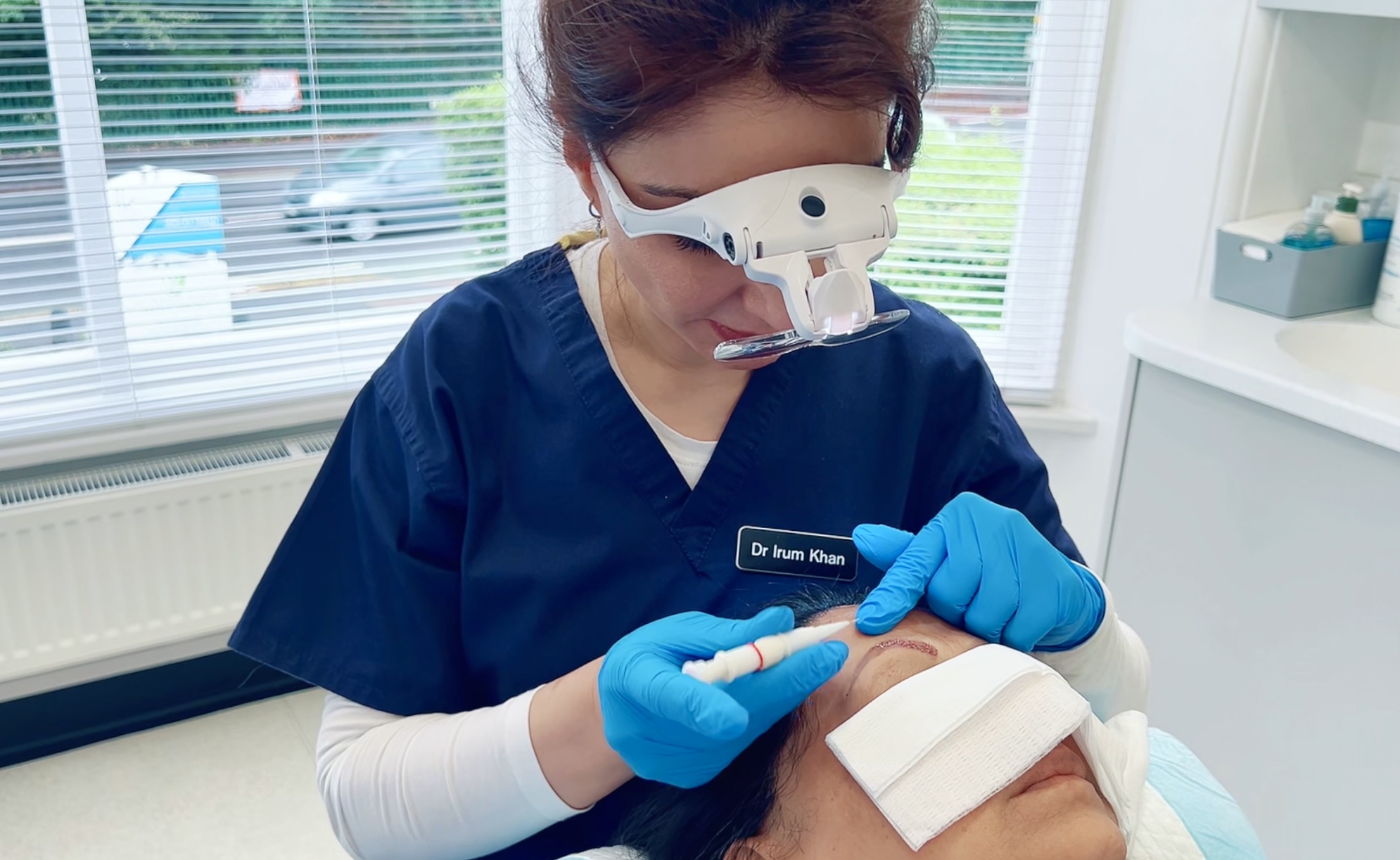Whether your hair is curly, straight, thin, or thick, transplant methods can be tailored to suit your individual needs, delivering natural and satisfying results.
This guide explores how different hair types influence transplant methods, the factors to consider before a procedure, and how to maximise results in the long run.
How Hair Type Impacts Transplant Methods
Every hair type has unique characteristics that play a role in determining the best approach to a hair transplant.
For individuals with curly hair, the natural volume created by curls often provides excellent coverage even with fewer grafts. However, curly follicles are complex because the curl pattern starts beneath the scalp.
Surgeons must carefully handle these follicles to ensure the curl pattern remains intact during and after transplantation.
Straight hair, on the other hand, requires a more dense placement of grafts, especially in areas like the hairline, to achieve a natural look. Since straight hair doesn’t create the same illusion of volume as curly hair, surgeons often focus on a technique that ensures close packing of follicles.
For those with thin hair, the challenge is to create the appearance of fullness while working with less density. Strategic placement of grafts is key to achieving this. In addition, supplementary treatments like Platelet-Rich Plasma (PRP) therapy are often recommended to stimulate growth and improve the quality of thin hair.
Thick hair offers an advantage in hair transplantation because there are usually more donor follicles available, which increases the potential for dense coverage.
However, because thick hair grows in different directions, it’s essential for surgeons to replicate the natural growth pattern during the implantation process to ensure seamless results.
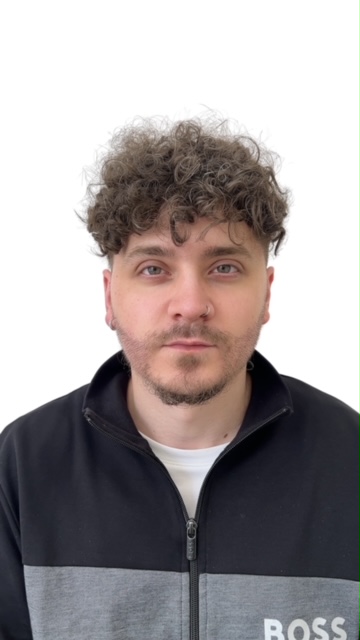
Customising the Procedure to Suit Your Hair Type
Achieving natural and long-lasting results requires a tailored approach. The first step in any hair restoration journey is a consultation where your surgeon assesses your hair type, density, and overall scalp health.
This evaluation helps determine the number of grafts required and the most suitable transplant technique.
Follicular Unit Extraction (FUE) is one of the most popular methods as it involves harvesting individual follicles, making it adaptable for different hair types. For curly and thick hair, FUE is particularly beneficial as it allows for precise handling of complex follicles.
Follicular Unit Transplantation (FUT), which involves removing a strip of scalp from the donor area, is often chosen for individuals with straight or thin hair, as it can yield a larger number of grafts in one session.
Direct Hair Implantation (DHI) is another advanced technique commonly used for straight or thin hair. This method ensures precise placement of individual follicles, which is crucial for creating a natural hairline.
Each technique is selected based on the characteristics of the patient’s hair and the desired outcome.
Addressing Common Concerns for Different Hair Types
Many people have questions and concerns about how their hair type might affect the outcome of a transplant.
For those with curly hair, a common worry is whether the transplanted hair will retain its curl. The reassuring answer is yes – transplanted hair retains its genetic characteristics, meaning your curls will grow back naturally.
For individuals with thin hair, there’s often concern about whether the results will look natural. While thin hair can present a challenge, skilled surgeons, like our team at IK Clinics, can achieve natural-looking results by carefully planning the placement of grafts.
Supplementary treatments to boost hair thickness can also make a significant difference.
Those with thick hair sometimes worry that their hair might be harder to work with. While thick hair does require precision during extraction and implantation, it provides excellent coverage and dense results when handled correctly.
If you have a mix of hair types, such as wavy and straight hair in different areas, rest assured that surgeons are experienced in blending the results seamlessly for a cohesive and natural appearance.
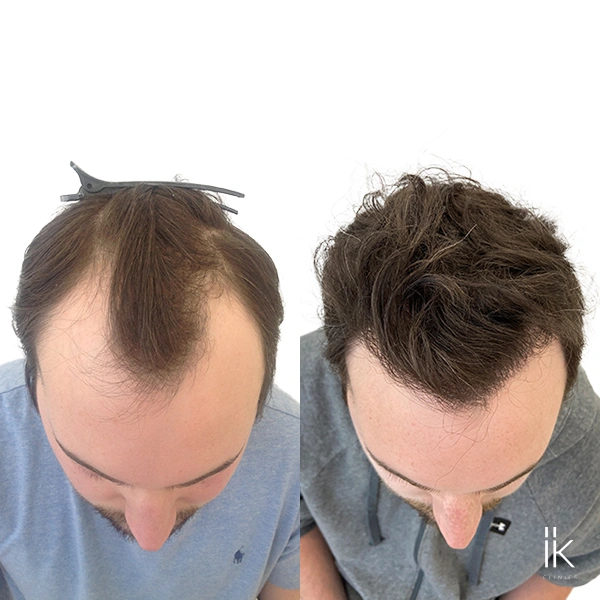
Post-Transplant Care for Different Hair Types
The success of a hair transplant doesn’t end with the procedure – it’s equally important to follow the right aftercare routine.
Curly hair, for example, needs extra moisture to maintain its natural bounce and prevent frizz during the healing process. A gentle, sulphate-free shampoo is ideal for keeping curls healthy.
For straight hair, focus on gentle cleansing and conditioning to avoid clogging the newly implanted follicles with heavy styling products. Thin hair benefits from regular scalp treatments or supplements that promote thickness and growth.
Thick hair requires patience, as the shedding and regrowth process can feel more noticeable. Avoid over-washing, which can dry out the scalp, and stick to a consistent routine to ensure healthy regrowth.
Across all hair types, it’s important to avoid scratching or rubbing the scalp during the healing period to protect the new grafts.
Final Thoughts: Finding the Right Solution for Your Hair Type
Hair transplants are not a one-size-fits-all procedure. Your hair type plays a critical role in determining the most effective approach, and modern advancements in transplant techniques ensure that options are available for everyone.
By working with an experienced surgeon and following a personalised treatment plan, you can achieve natural and confidence-boosting results tailored to your unique hair type. Whether you’re looking to restore curly, straight, thin, or thick hair, there’s a solution that can help you feel like yourself again.
If you’re considering a hair transplant, don’t hesitate to consult with a trusted clinic to discuss your options. With the right guidance and care, this could be the first step in a transformative journey to regaining your confidence and embracing your best look.
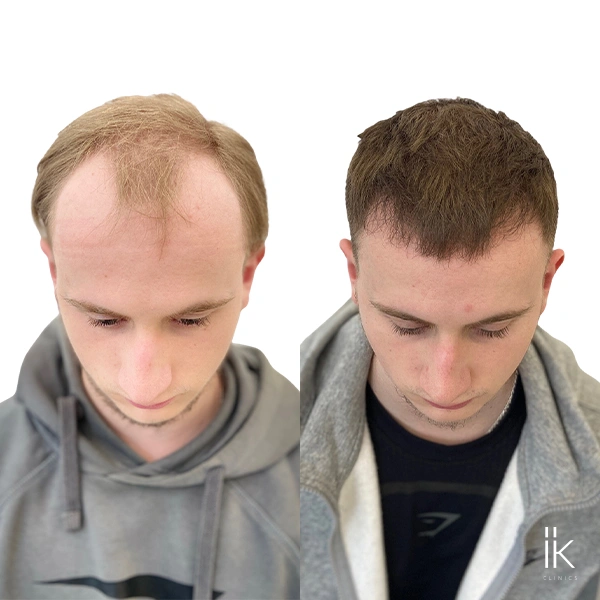
About IK Clinics
At IK Clinics, we are proud to stay at the forefront of global hair restoration trends, offering a variety of advanced techniques to meet the diverse needs of our clients. From FUE, PRP to Stem Cell Therapy, we ensure that every client’s treatment is tailored to their personal goals, helping them regain not just their hair but also their confidence.
Interestingly, we don’t just stop at hair restoration treatments, our highly skilled team also offers a range of anti-aging treatments.
